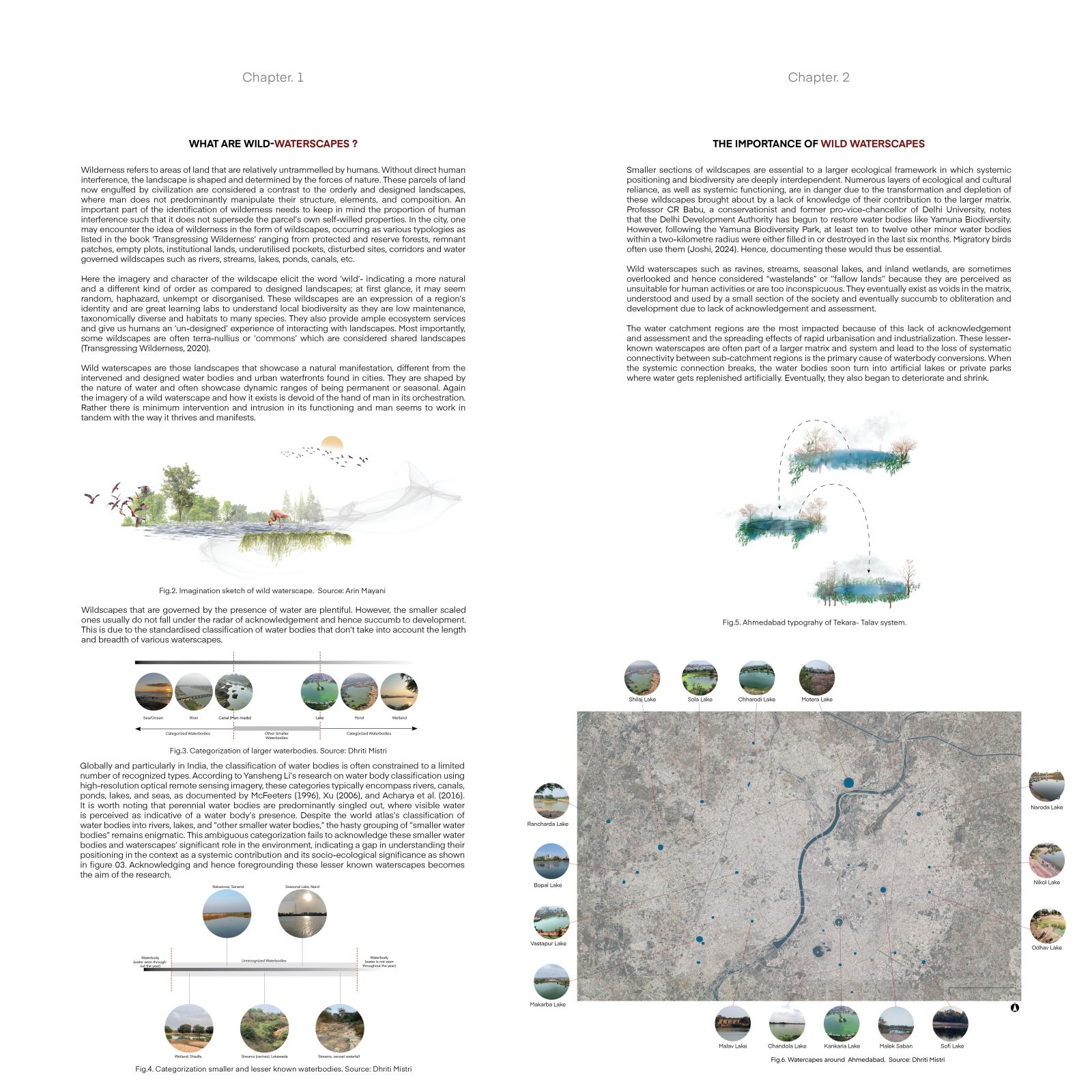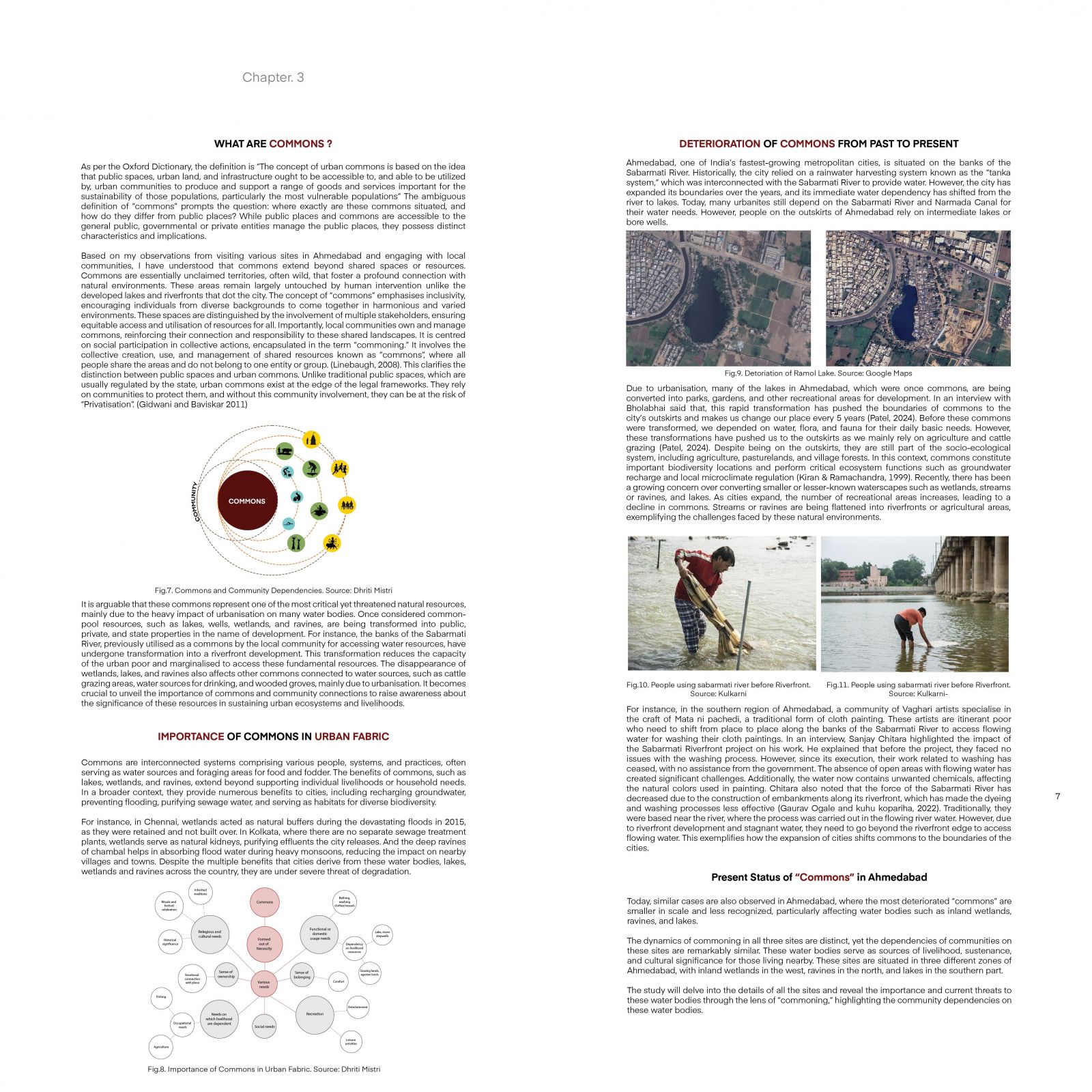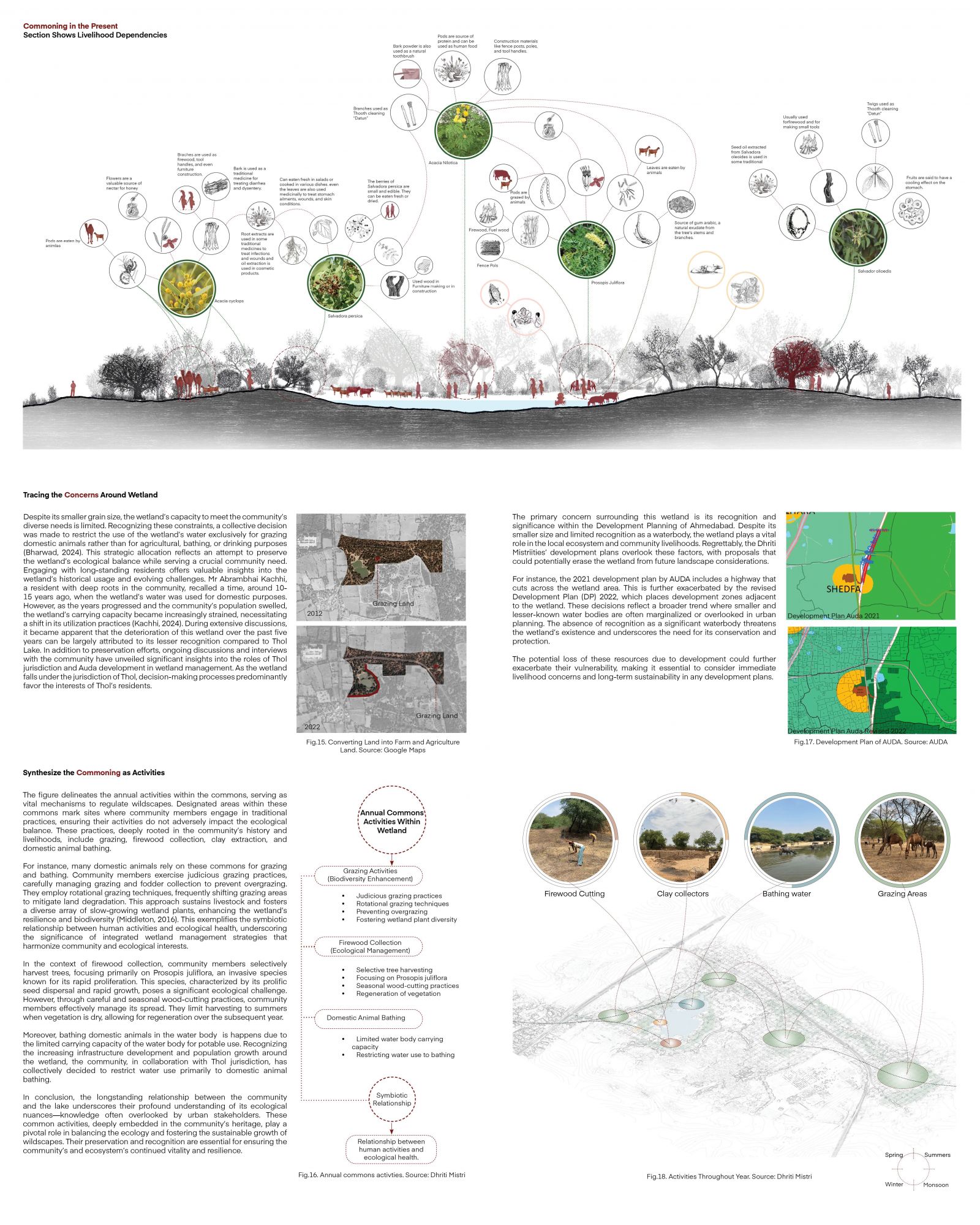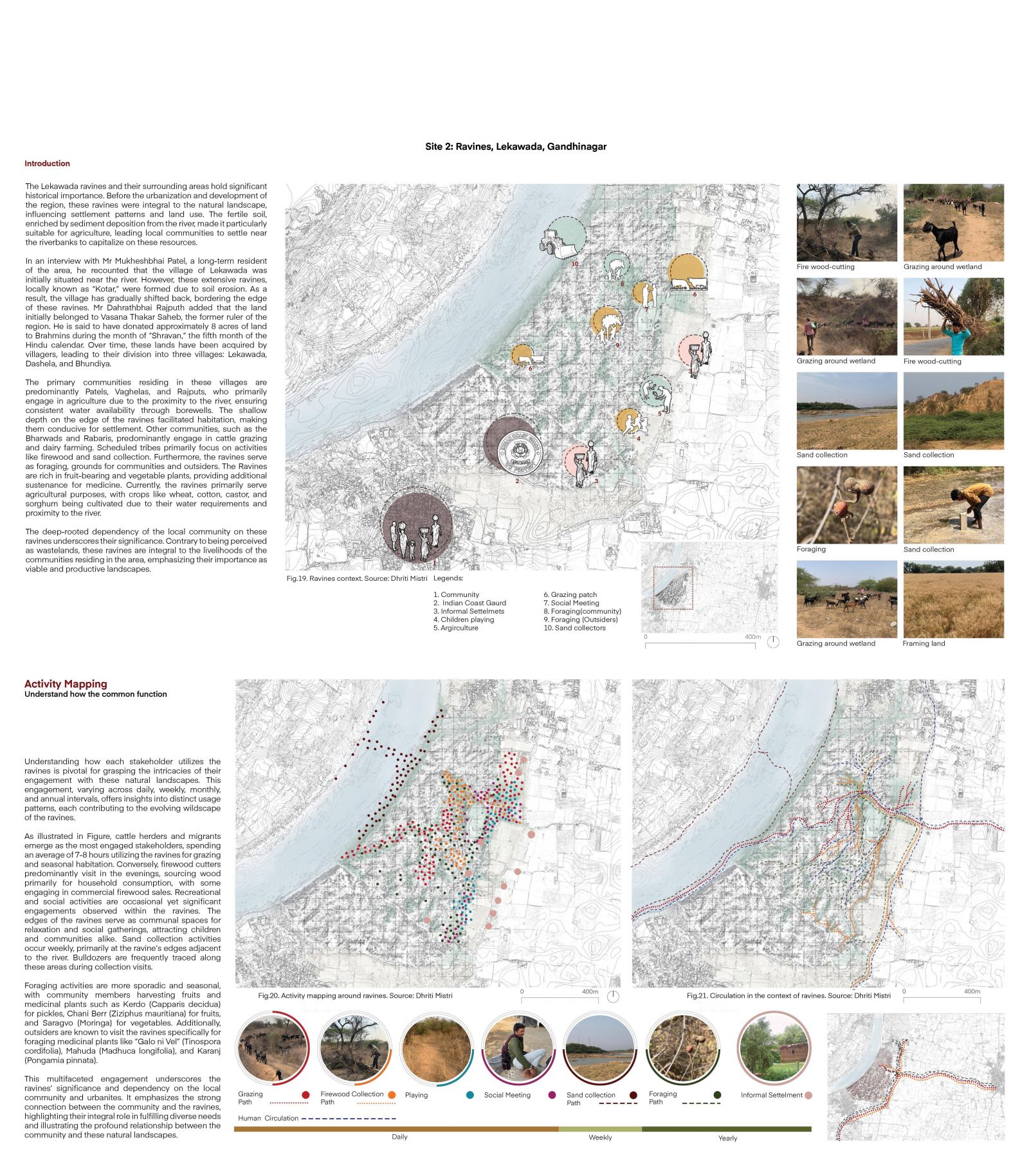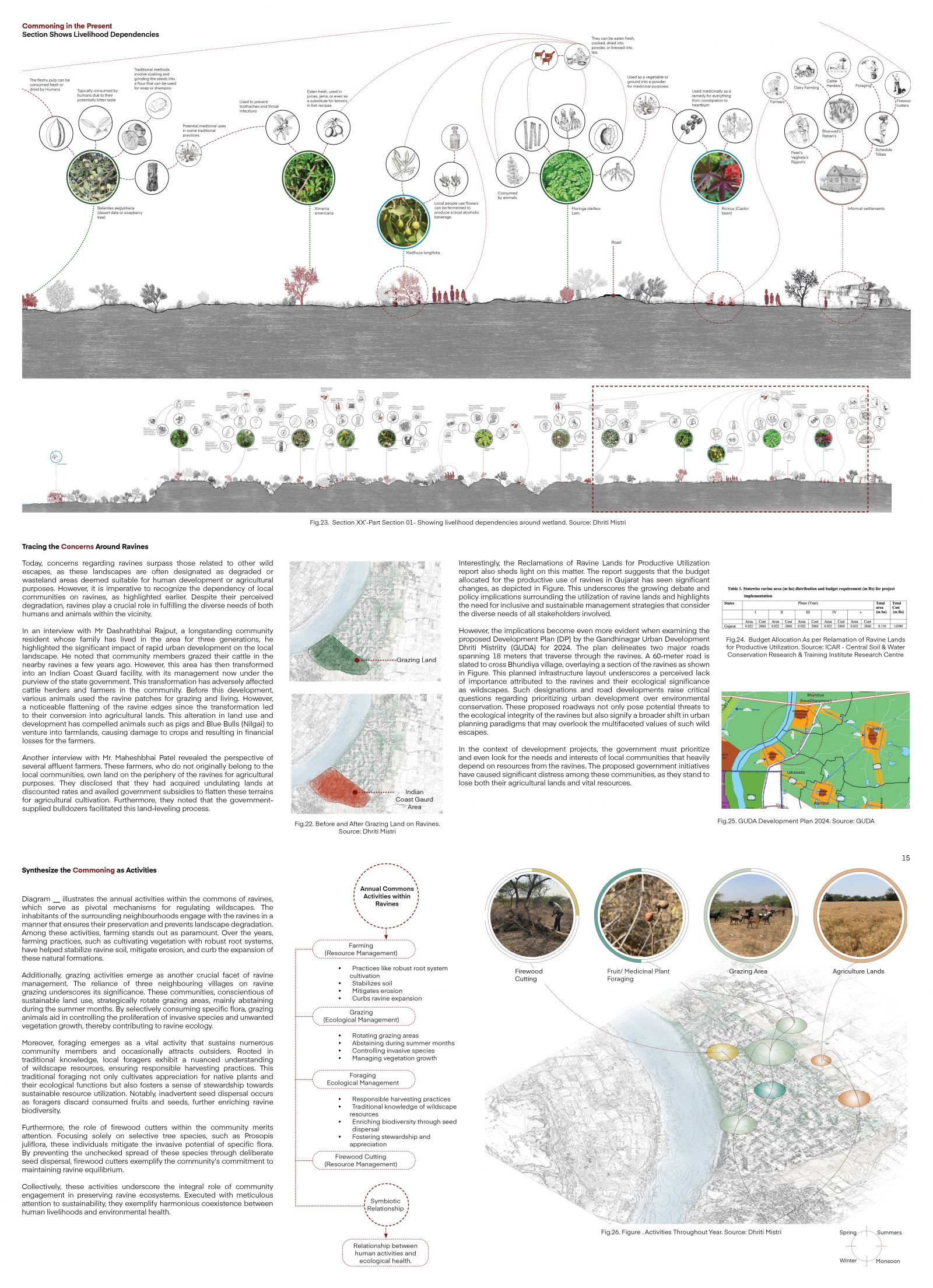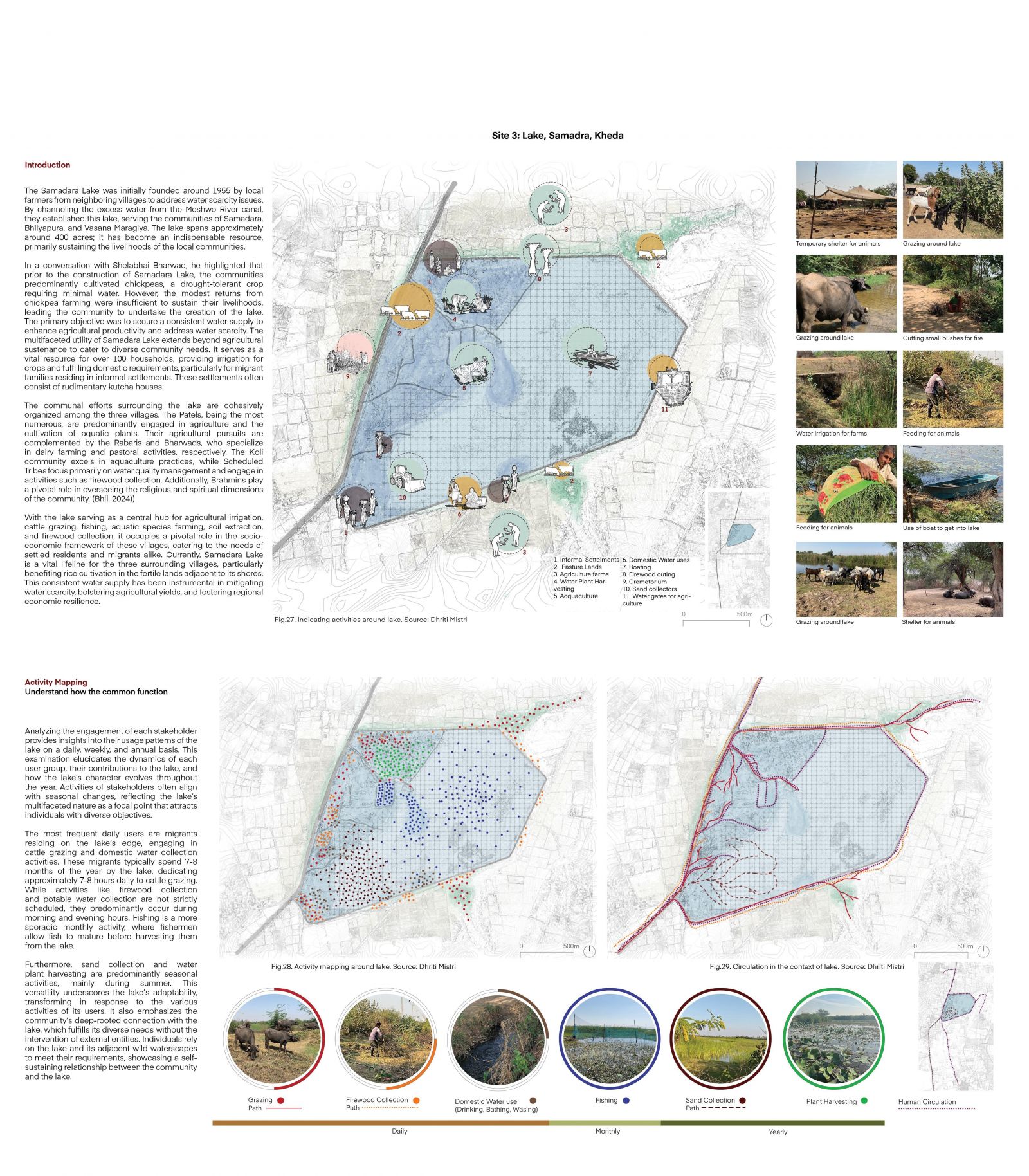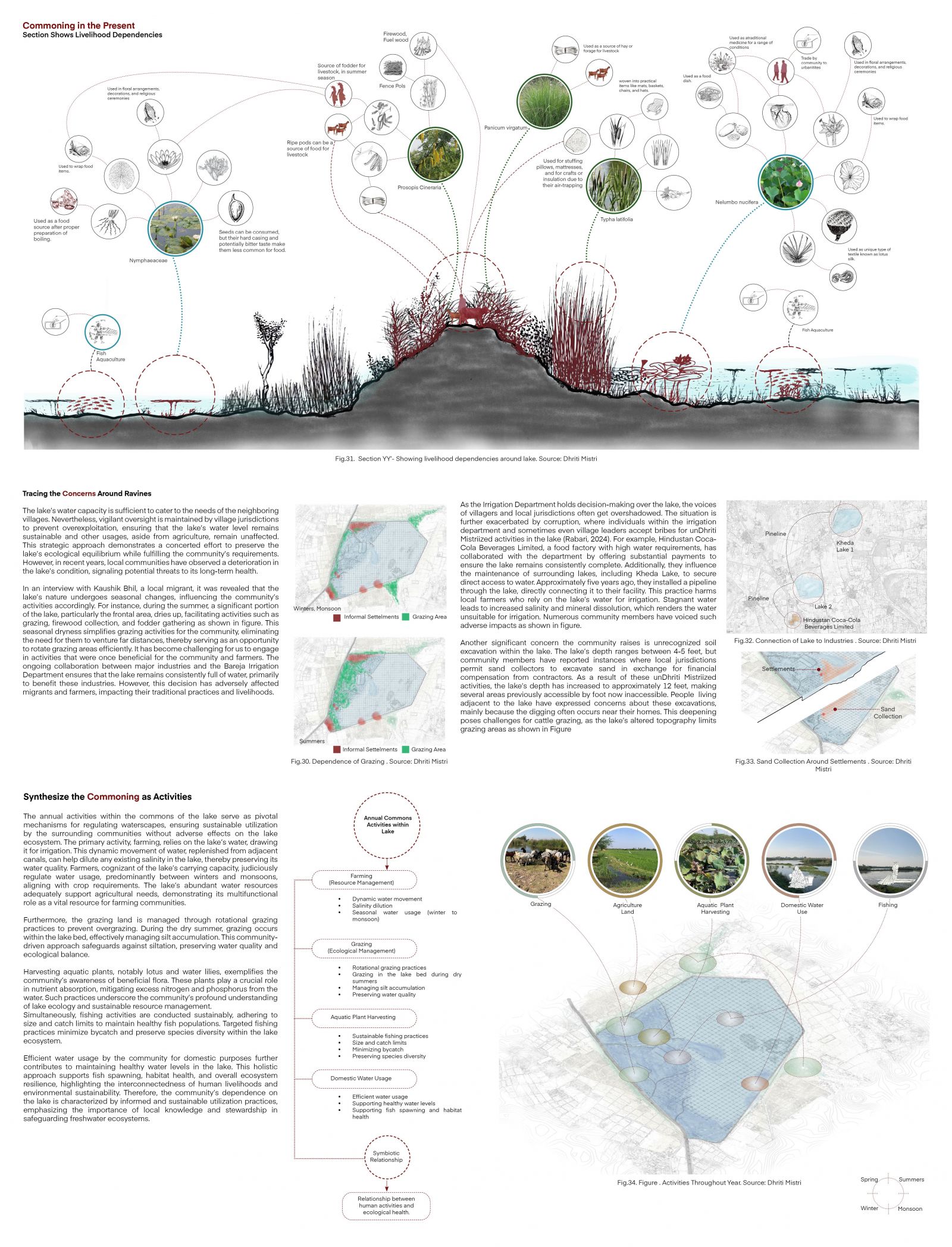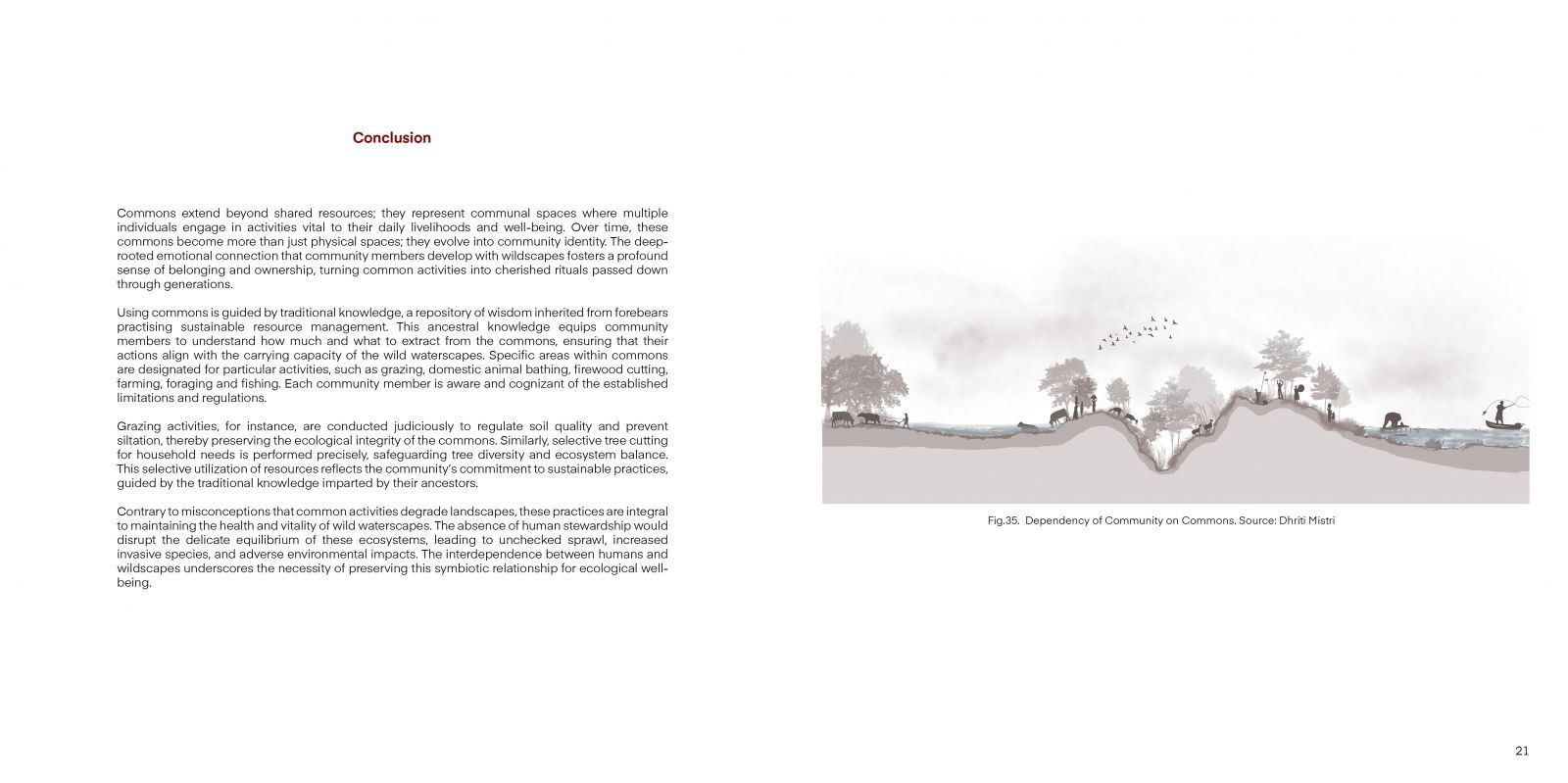Your browser is out-of-date!
For a richer surfing experience on our website, please update your browser. Update my browser now!
For a richer surfing experience on our website, please update your browser. Update my browser now!
To establish the diverse landscapes and their relationship with the associated communities across three distinct sites—inland wetlands, degraded streams (ravines), and lakes—it is imperative to scrutinise the various activities, ranging from the presence of domestic animals to human engagements, that contribute to the vitality of these wild-waterscapes. This helps to understand the interplay between commoning activities and their role in sustaining ecological equilibrium within these environments. Further delve into the investigation of the utilisation patterns of these sites by individuals from both the local communities and outsiders, thereby identifying them as stakeholders in the ecological and social fabric of these landscapes, highlighting certain ethnobotanical relationships and other such engagements. Lastly, identify further threats to the landscape that could disintegrate the patterns of commoning, rapidly rising phenomena in the urban and peri-urban context.
View Additional Work
